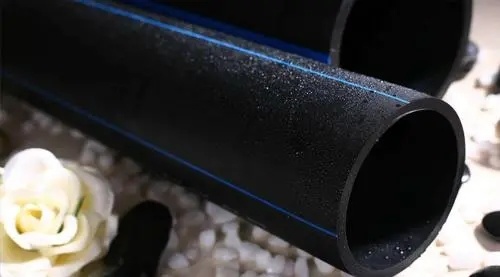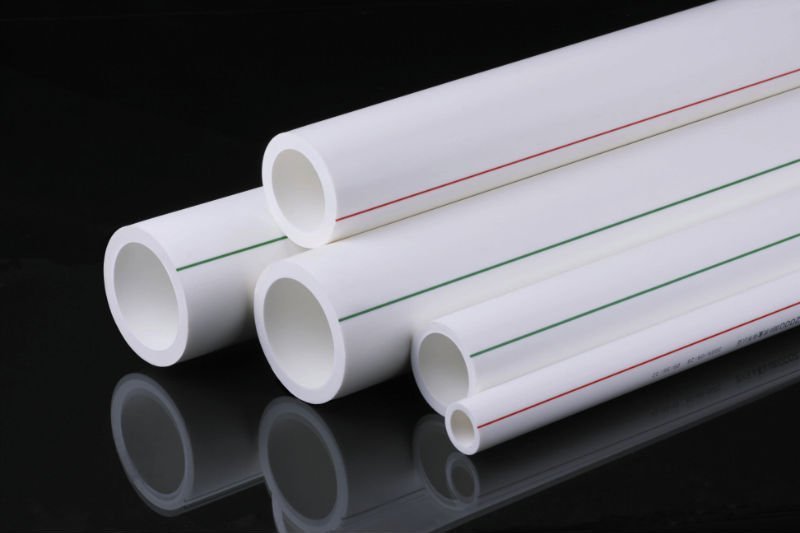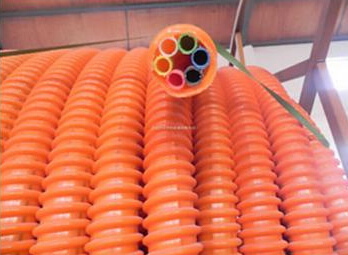Navigating the Advantages of Optical Fiber Cluster Tube Technology: A Comprehensive Guide
Nov 15,2024
Navigating the Advantages of Optical Fiber Cluster Tube Technology
Table of Contents
- 1. Introduction to Optical Fiber Cluster Tube Technology
- 2. What is Optical Fiber Cluster Tube Technology?
- 3. Advantages of Optical Fiber Cluster Tube Technology
- 3.1 High-Capacity Data Transmission
- 3.2 Enhanced Signal Quality
- 3.3 Cost Efficiency
- 3.4 Environmental Sustainability
- 4. Applications of Optical Fiber Cluster Tube Technology
- 5. The Future of Optical Fiber Cluster Tube Technology
- 6. Frequently Asked Questions
- 7. Conclusion
1. Introduction to Optical Fiber Cluster Tube Technology
In today's fast-paced digital landscape, the demand for high-speed internet and data transmission continues to rise. As organizations and individuals seek quicker, more reliable connectivity, Optical Fiber Cluster Tube Technology emerges as a game-changer. This remarkable innovation in the realm of electrical engineering has revolutionized how we communicate and share information. In this article, we will explore the numerous advantages offered by this technology and its diverse applications across various sectors.
2. What is Optical Fiber Cluster Tube Technology?
Optical Fiber Cluster Tube Technology refers to a type of fiber optic cabling that bundles multiple optical fibers within a protective tube or sheath. This configuration allows for efficient data transmission over long distances while maintaining signal integrity. The clustered design enhances the fiber's resilience against external factors such as temperature fluctuations, moisture, and physical damage, making it ideal for various deployment environments.
Understanding the Components
The primary components of Optical Fiber Cluster Tube Technology include:
- **Optical fibers**: The core medium for light transmission.
- **Protective tubing**: Safeguards the fibers from environmental hazards.
- **Strength members**: Provide structural integrity to withstand tension and pressure.
- **Jackets**: Additional layers that further protect the fibers and are often designed for specific applications.
3. Advantages of Optical Fiber Cluster Tube Technology
Optical Fiber Cluster Tube Technology redefines the standards for data transmission with its myriad of advantages. Let's delve into some of the most significant benefits.
3.1 High-Capacity Data Transmission
One of the most compelling features of Optical Fiber Cluster Tube Technology is its ability to facilitate **high-capacity data transmission**. This technology can support vast amounts of data, significantly outperforming traditional copper cabling. With the increasing demand for bandwidth due to applications such as streaming, cloud computing, and IoT (Internet of Things), this capability makes optical fiber an essential component for modern communications.
3.2 Enhanced Signal Quality
Optical fibers are less susceptible to electromagnetic interference compared to their copper counterparts. This attribute results in **enhanced signal quality**, allowing for clearer, more reliable communications. With lower attenuation rates, data can be transmitted over longer distances without compromising integrity, making Optical Fiber Cluster Tube Technology suitable for expansive networks.
3.3 Cost Efficiency
While the initial installation of optical fiber systems may be higher than copper solutions, the long-term **cost efficiency** is undeniable. Optical fibers require less maintenance and have a longer lifespan, ultimately reducing operational costs. Additionally, the reduced need for repeaters and signal boosters over long distances further lowers the total cost of ownership.
3.4 Environmental Sustainability
In an era where sustainability is paramount, Optical Fiber Cluster Tube Technology stands out for its **environmental sustainability**. Optical fibers consume less energy during operation and produce minimal electronic waste. Furthermore, the materials used in fiber optic cables can often be recycled or have a lower environmental impact than traditional copper cables.
4. Applications of Optical Fiber Cluster Tube Technology
The versatility of Optical Fiber Cluster Tube Technology allows it to find applications across numerous fields. Here are some key areas where this technology excels.
4.1 Telecommunications
Telecommunications is perhaps the most prominent sector benefiting from Optical Fiber Cluster Tube Technology. With the demand for faster internet speeds and reliable communication services growing, telecom companies have increasingly adopted this technology for backbone infrastructure and last-mile connections. Its high data capacity and signal quality ensure seamless connectivity for users worldwide.
4.2 Data Centers
Data centers are critical hubs for processing and storing vast arrays of information. Optical Fiber Cluster Tube Technology provides the necessary bandwidth and speed to handle massive data loads. By connecting servers within data centers using optical fiber, organizations can improve data transfer rates, enhance operational efficiency, and reduce latency.
4.3 Smart Cities
As cities evolve into smart cities, the need for integrated infrastructure that supports IoT devices and real-time data analytics is paramount. Optical Fiber Cluster Tube Technology plays a crucial role in enabling smart city initiatives by facilitating the rapid transfer of data from various sensors and devices. This interconnectedness supports urban planning, traffic management, energy efficiency, and public safety.
5. The Future of Optical Fiber Cluster Tube Technology
The future of Optical Fiber Cluster Tube Technology appears bright, driven by the increasing demand for high-speed connectivity and advancements in technology. Ongoing research and development efforts focus on enhancing fiber optic capabilities, including the integration of **5G networks**, which promise faster data transmission and reduced latency. Additionally, as industries continue to embrace automation and IoT, the necessity for robust and scalable fiber optic solutions will only grow.
6. Frequently Asked Questions
What is the main advantage of using Optical Fiber Cluster Tube Technology?
The primary advantage of Optical Fiber Cluster Tube Technology is its ability to support high-capacity data transmission over long distances with minimal signal loss and interference.
Is Optical Fiber Cluster Tube Technology cost-effective?
Yes, while initial installation costs may be higher, the long-term benefits, such as reduced maintenance and operational costs, make it a cost-effective solution.
Can Optical Fiber Cluster Tube Technology be used in smart city applications?
Absolutely! This technology is essential for smart city initiatives, providing the necessary bandwidth for IoT devices and real-time data transfer.
How does Optical Fiber Cluster Tube Technology compare to traditional copper cabling?
Optical fiber offers superior data transmission speeds, higher capacity, and better signal quality while being less susceptible to interference compared to copper cabling.
What developments can we expect in the future of Optical Fiber Cluster Tube Technology?
Future developments may include enhanced integration with 5G networks, improved fiber optic materials, and more sustainable production methods.
7. Conclusion
Optical Fiber Cluster Tube Technology has revolutionized the landscape of data transmission and communication, offering numerous advantages such as high capacity, enhanced signal quality, cost efficiency, and sustainability. As the world continues to evolve towards faster and more robust connectivity solutions, this technology will play an increasingly vital role in telecommunications, data centers, and smart cities. Embracing Optical Fiber Cluster Tube Technology is not just a step forward in technology; it is a leap towards a more connected, efficient, and sustainable future.
Latest News







